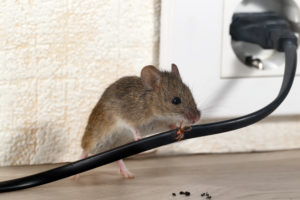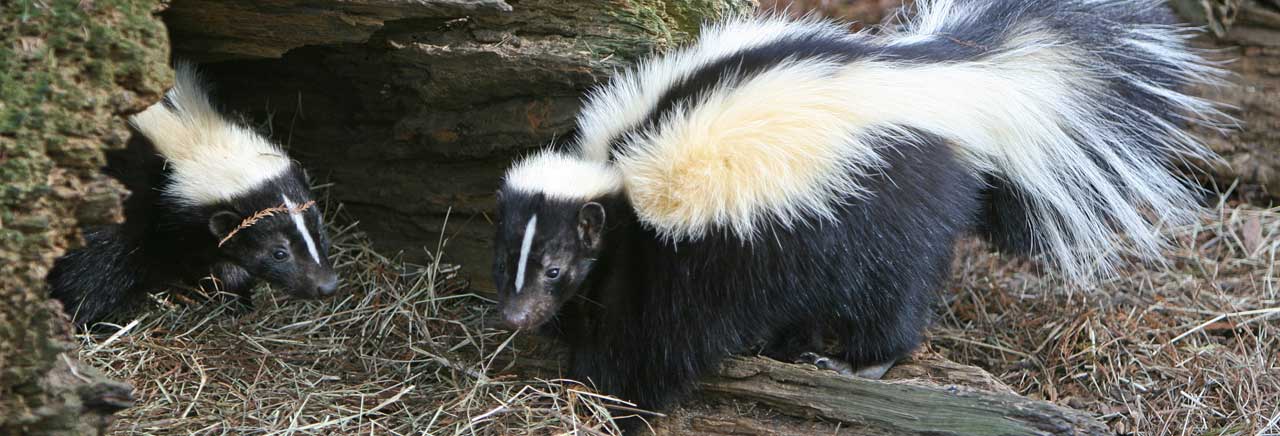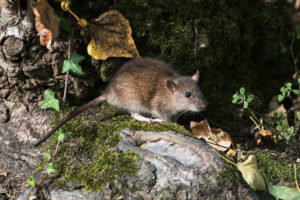
We’re your experts for mice and rat removal
First of all, what makes a mouse different from a rat? Major differences are seen in their appearance to their living habits when they are compared. Additionally, the mice removal process varies slightly compared to rat removal.
Their appearance
A typical house mouse ranges from two to three inches in length. Their features include large, floppy ears and triangular noses with long whiskers. Their tails are long, thin, and hairy. Specifically, field mice have brown fur with a white belly while house mice are gray. The house mouse is also slightly smaller than the field mouse.
Norway rats have tails and ears that are usually hairless. They are much larger than mice, ranging from six to eight inches. Moreover, they have long pointed noses with shorter and thicker tails. Their tails are not as scaly compared to mice.
Where do they live?
Mice live in open fields, buildings, attics, basements, and abandoned equipment such as lawnmowers. They live anywhere that provides good shelter for their nests.
Rats live in a range of areas: urban, suburban, farm, industrial, and commercial. Rats will live anywhere that has human life.
What do they do?
Mice are nocturnal and very social. However, they are very territorial. Mice are noticed from scratching noises on walls and ceilings, or nests in outdoor structures. If they are in your home, they create structural and wire damage from chewing. A bad odor can be a sign of dead mice in walls. Furthermore, telltale signs are urine staining on ceilings and droppings present on flat surfaces.
Rats are neophobic – they are habitual animals and resist changes in their environment. They create den holes in the ground with earth piles at the entrance. Rats also have stronger teeth than mice. Not only will they chew through the wood structure, but they also chew through metal siding. They damage insulation, piping, and electrical wiring.
What diseases do they carry?
Both rodents can carry fleas that transmit the black plague.
Most diseases contracted from mice are often from improper techniques. For example, the hantavirus is contracted during clean-up. Proper respiratory equipment is a necessity when cleaning up mice nests and droppings.
Rats carry a large variety of diseases. A more comprehensive list of rodent diseases can be found here. Diseases can be directly transmitted or indirectly transmitted.
How is mouse removal different from rat removal?
Because rats resist change, they can be slower to respond to control methods. Removal of their housing opportunities and any food or water sources is the first step. Solid and liquid poisons can be used with rats in certain settings.
Mice can be trapped. Moreover, house mice are smaller than field mice which makes them harder to catch. After we remove the mice from your residence, we can seal the entry points of the home. Also, solid baits can be used in agricultural and industrial settings. As mice travel through walls, we do not use poisons in homes to reduce the risk of a more involved clean-up process.
Serving Central PA
Backyard Wildlife Solutions are the professionals you want for rat and mouse removal in Hershey, York, Lebanon, Lancaster, and other surrounding areas. If you live in or nearby these locations, please call 717-419-0781 or contact us.
Backyard Wildlife Solutions is a registered member of the National Wildlife Control Operators Association. Undergoing regular training, BWS uses approved traps and humane techniques when removing mice or rats, and other animals from residential and commercial properties.



